Headlines have been made around the world in recent weeks about an official United States government investigation into UFOs; “unidentified flying objects.” It seems from news reporting as though the existence of alien visitors, which has been denied for decades by successive American governments, is about to be revealed to the public. A handful of images and even videos from official United States military sources have also come out, seemingly showing unknown objects moving through the sky.
But let’s slow down and try to put our critical thinking hats on for just a moment. What have we actually been shown? Beyond the headlines screaming about alien spaceships, what have we really seen in these photos and videos, and could there be an alternative, far more boring explanation?
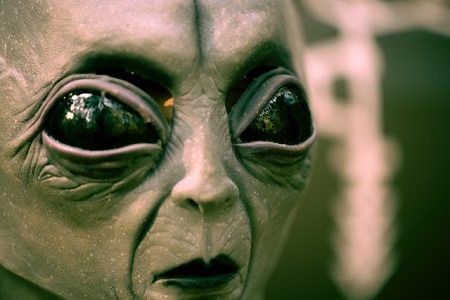
If you’ve ever studied philosophy, or even read articles on some pop-science websites, you might know what Occam’s razor is. Also known as the law of parsimony, in short the razor says that, when confronted with multiple hypotheses or potential explanations for an unknown event or phenomenon, the one with the fewest or smallest assumptions is preferable and most likely to be correct. To put it another way: the simplest explanation is the most likely.
So what is the simplest explanation for these UFO pictures and videos?
One thing we don’t have are any photographs or live video recordings. The clips and images shown off are all radar, infrared, and images put together from other scans and sensors. A computer takes the information taken in by the lens or scanner and translates it into a visual image. These are not “images” from a “camera” in the usual sense of either term.
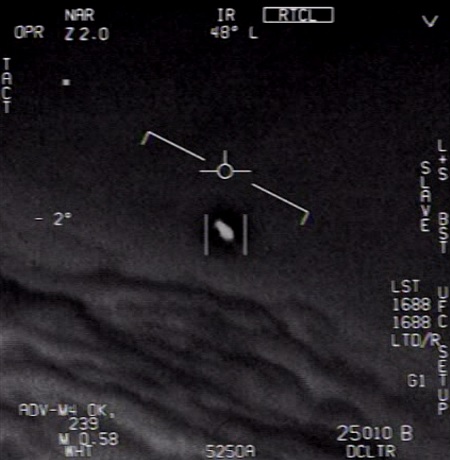
When dealing with any technology, there’s scope for things to go wrong. An infrared sensor attached to a fast-moving aircraft could misinterpret something close as being far away, or something moving relatively slowly as moving quickly. Changes in the aircraft’s speed and position mean the sensor has to move and adjust its trajectory to keep track of an object, and this can make it appear as though the object is moving unnaturally.
There are many different objects that could be detected by a sensor, infrared scanner, and other sensitive equipment that would be far more likely than an alien spaceship. Balloons have been suggested in the past as one such example, and there are myriad others from reflections and clouds to other aircraft. There’s also the prospect of newly developed technology – either domestic (i.e. American) or foreign – some of these aircraft could be Russian or Chinese spyplanes or drones, for example. Even if we can’t account for every UFO by saying there’s a bug in the code or a problem with sensors or onboard computers, everyday phenomena are still more plausible explanations than alien spacecraft.
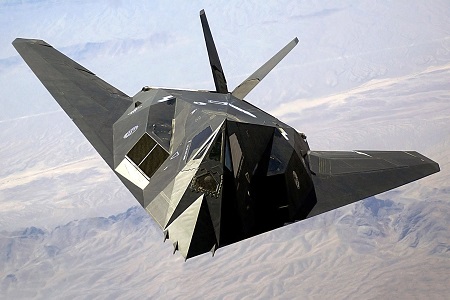
I’m not sure how I feel about aliens. On the one hand, it seems rational to imagine that alien life exists given the size of the observable universe and the consistent detection of exoplanets around practically every observed star. On the other, the lack of concrete proof of their existence, at least in our galactic neighbourhood, could mean that intelligent alien life is exceptionally rare. This is commonly known as the Fermi paradox; the absence of alien life in a universe that can support it.
But if intelligent alien life did exist, is this the way we would expect to detect it?
UFOs have been reported for decades, so if even 1% of the UFO sightings and reports are genuinely of alien origin, what have they been doing all this time? Obviously they don’t intend to contact us or make their presence widely known or they’d have done so by now. Any alien race that’s advanced enough to build interstellar or even interplanetary spacecraft is far superior in technological terms to humanity, and with their knowledge they’d be more than capable of announcing their presence to the world, conquering the world, or doing whatever else they might want to do. The fact that they haven’t is a significant hurdle for alien believers and advocates to surmount.
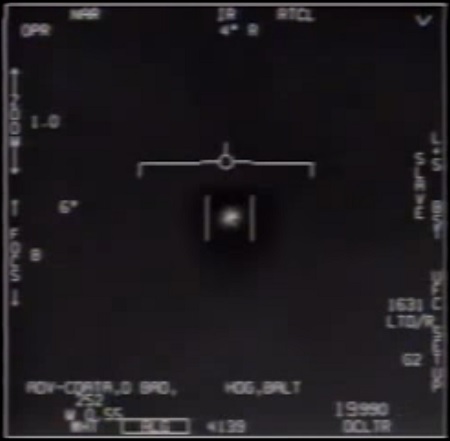
Then we come to a pretty big question: what’s the point? If an alien race is capable of travelling to the stars, why come to Earth and fly around in our atmosphere? What possible purpose could that serve? It can’t be for any kind of observation; even humans don’t need to fly at 30,000 feet to perform observations of things on the ground. Our satellites, even commercial ones like those used for services like Google Earth, are more than capable of performing accurate scans of the surface of our planet. If aliens existed and wished to observe us, they could do so at a great distance without us ever knowing.
And speaking of “without us ever knowing,” were these aliens careless or did they allow themselves to be detected? If they wanted to make their presence known, this is not a rational way to accomplish that goal. Nor is it particularly threatening or intimidating. If aliens wanted to let the peoples of Earth know that they were here, they could land in the middle of a big city and announce themselves. And if they’re possessing such technology as to be able to travel to the stars, would they really be so dumb as to allow a primitive human to catch them with an infrared sensor or a night-vision camera? I doubt it.
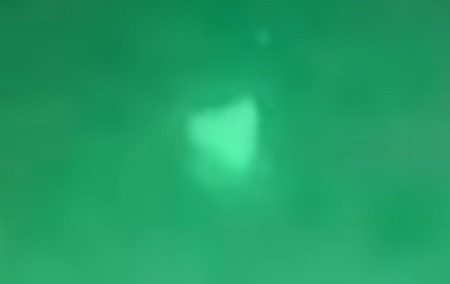
The U in “UFO” stands for “unidentified.” By definition, that means we don’t know what these objects are; they were not able to be identified in the short span of time that the various pilots and military personnel spent in the vicinity. That could mean we’re dealing with alien spacecraft, but it also seems very likely that we aren’t. This is not the coup that tabloid headlines and the tin foil hat brigade want it to be. The United States government has admitted that it has detected a handful of objects that it can’t identify. Given the size of the US military, the number of daily flights undertaken, and the increasing reliance on technology, sensors, and computers – all of which are subject to glitches, issues, and even misinterpretations – it doesn’t seem all that far-fetched that they’d occasionally spot something that they couldn’t immediately identify.
I like science fiction, and there have been some wonderful depictions of aliens and extra-terrestrial worlds over the years. But we can’t let our wishes and our fantasies guide the real world, and the fact remains that no matter how much we might want to believe in aliens, there still isn’t any proof. When making an argument and building a case, you can’t just slap down any old explanation into the gaps in our knowledge and cry “gotcha!” as if that’s the end of the matter. That’s the classic “god of the gaps” argument that many religious people often make; “you can’t explain X, therefore god.” In this case, some people seem to be making an “alien of the gaps” argument, proclaiming that, because the US military has been unable to identify something, it must be an alien spaceship. That’s simply not a valid argument.
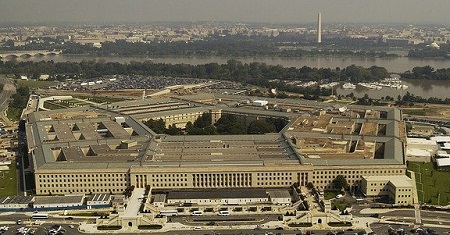
So I’m sorry to pour cold water on this story. Maybe some of these UFO encounters are genuinely down to alien visitors, but until there’s more proof than a grainy non-image from a sensor made by the lowest-bidding military contractor, I’ll remain sceptical. The discovery of intelligent extra-terrestrial life would be the single biggest scientific achievement of the century, and has the potential to radically change many aspects of human life. Given the scope of such an important moment, we need to be absolutely sure of what we’re dealing with, and this set of unknowns may be circumstantial evidence in its favour, but it’s a long, long way away from being conclusive. It’s possible that “they” are hiding things from the public or not revealing everything they know, but unfalsifiable conspiracy theories and a lack of evidence to the contrary do not make for a valid argument and do not come close to constituting proof.
It’s possible that one day we’ll discover more about extra-terrestrial life. It seems almost certain, for example, that microbial life and bacteria once existed on Mars. But aliens in UFOs flying over United States airspace (and seemingly no other country’s)? As long as these items remain unexplained, aliens are always a possibility. But on a ranked list of all the possible explanations, they have to be at or very near the bottom. So despite all of the excitement, these images and video clips, and the impending government report about them, don’t come close to proving the existence of alien spacecraft. Sorry!
The United States government will soon release a report into “unidentified aerial phenomena.” Some stock photos courtesy of Unsplash and Pixabay. This article contains the thoughts and opinions of one person only and is not intended to cause any offence.

